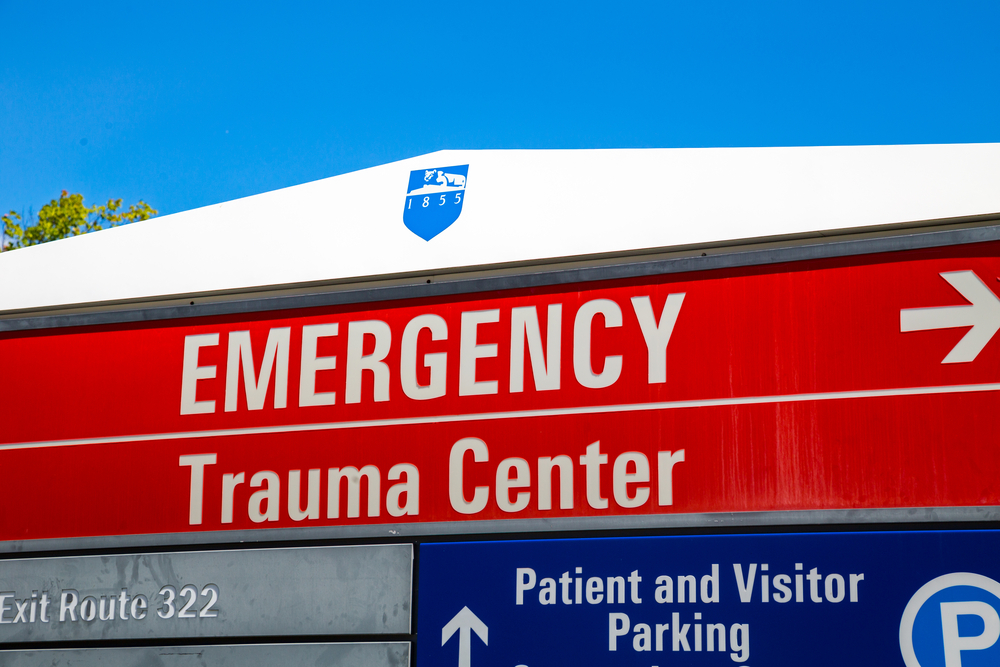Trauma centers here in the United States are classified by 1 of 5 levels. Those levels pinpoint “the kinds of resources available in a trauma center and the number of patients admitted yearly.”
They are also subject to recognition as trauma centers through 2 different processes:
- designation process – this is developed at the state or local level and differs according to unique criteria as defined by legislative or regulatory authority
- verification process – this is completed by the American College of Surgeons (ACS) and verifies resources in the Resources for Optimal Care of the Injured Patient
The verification process is voluntary. Once a center gains recognition of level I, it holds onto it for a period of 3 years. Reverification is needed after that time.

To be verified as a level I trauma center, it must:
- admit at least 1,200 trauma patients yearly; or
- have 240 admissions with an Injury Severity Score of more than 15
The American College of Surgeons believes these standards to be “the minimum volume that is believed to be adequate to support the education and research requirements of a level I trauma center.”
How does a level I trauma center serve the public?
At this level, a trauma center is considered a regional resource for providing total care for injuries. It serves the public by providing:
- in-house coverage by general surgeons and trauma surgeons 24/7/365, including an emergency department
- specialty care for medical needs, traumatic injuries, orthopedic surgery, neurosurgery, anesthesiology, emergency medicine, radiology, internal medicine, plastic surgery, oral and maxillofacial, pediatric care, and critical care
- referrals for communities in nearby areas
- leadership in prevention and public education to surrounding communities
- continuing education of the trauma team members
- comprehensive quality assessment program
- organized teaching and research effort to help direct new innovations in trauma care
- program for substance abuse screening and patient intervention
How can Harmony consultants serve in a level I trauma center?
If you’re interested in bringing your passion and expertise for non-clinical healthcare to a level I trauma center, we can help.
As a consultant for Harmony, you’ll have the opportunity to help make healthcare smarter while growing your personal career in roles such as:
- CDI Specialist
- Inpatient Coder/Coder Auditor
- Outpatient Coder/Coder Auditor
- Coding Educator
- ED Coder
- Director of Health Information Management
- Director of Coding
- Director of Clinical Documentation Improvement
The team here at Harmony works each day with one goal in mind: to connect the right healthcare professionals and with the right organizations. We want to help you move past your limitations, grow your expertise, and empower you to impact change.
Learn more about possibilities through Harmony here.

How can Harmony benefit a level I trauma center?
From revenue cycle management to coding to clinical documentation improvement, level I trauma centers require a team that improves the lives of communities from illness and injury prevention to rehabilitation. As a team member of a level I trauma center, you understand the impact that quality staffing and consulting solutions can have on your organization.
Harmony recognizes the responsibility that comes with being a regional resource for round the clock total care. Your center provides the highest level of care for its patients, and our customized and scalable interim staffing and consulting solutions can enhance the way you approach that responsibility.



